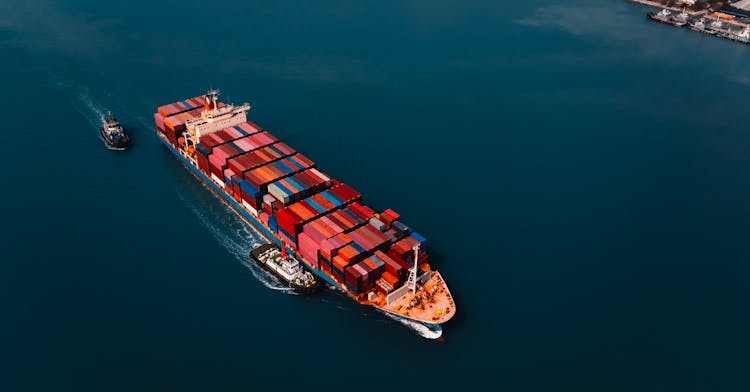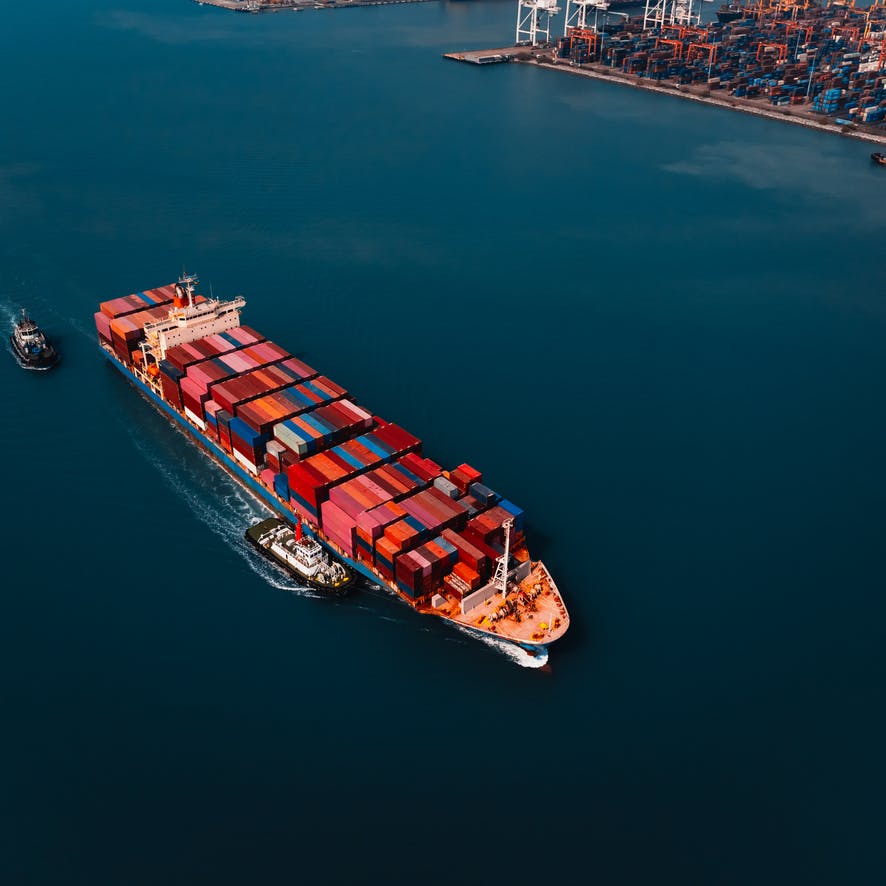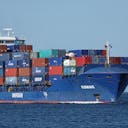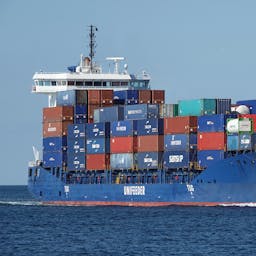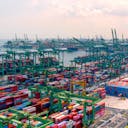Ongoing disruption underscores the need for digital standards.
Many industry analysts predict double-digit growth in demand and uncertainty around the timely arrival of goods will continue to plague the global supply chain well into 2022 and beyond. Orders are being placed earlier and in greater volumes, creating bottlenecks at depots and warehouses. Containers remain unemptied for longer and are not sent back into circulation. The availability of chassis is unpredictable. While there are a number of issues at play, the current state of supply chain logistics is exacerbated by the current state of container shipping, which still relies heavily on manual and paper-based processes. This lack of digital maturity decreases container visibility, which creates costly inefficiencies and causes unnecessary delays across the end-to-end container journey.The bill of lading
Take for example, the bill of lading (B/L). At the end of 2021, only 1.2% of the 45 million B/Ls issued by ocean carriers was electronic. Paper B/Ls are still being passed from hand to hand as the container passes from vehicle to vehicle, from land to sea, and from country to country. At the start of the COVID-19 pandemic, cargo was stuck in ports waiting for paperwork to be delivered by flights that had been delayed. Having the electronic bill of lading (eBL) as the dominant format for bills of lading would reduce or eliminate such delays.Mishandling of containers
Consider also that every year, the mishandling of reefer containers results in huge losses for companies that rely on cold-chain logistics. Currently, it is difficult for cargo owners to track the whereabouts of containers and manage the status of their contents from end to end. IoT (Internet of Things) solutions for “smart containers” are needed to enable an uninterrupted flow of container data throughout the journey. This will ultimately allow continuous remote monitoring and control over the quality of perishable items. These are just two of many examples of how digitalisation will transform the container shipping industry, providing unprecedented levels of efficiency, innovation and customer service. Digitalisation is also a key contributor to increasing sustainability, from reducing paper and waste, to lowering fuel consumption and greenhouse gas (GHG) emissions.But to digitalise the supply chain from end to end, IT solutions must be interoperable at every link in the chain. This requires widespread adoption of digital standards such as those DCSA and its members and collaborators are working to develop. Read more about disruption and the case for digital standards in our e-book.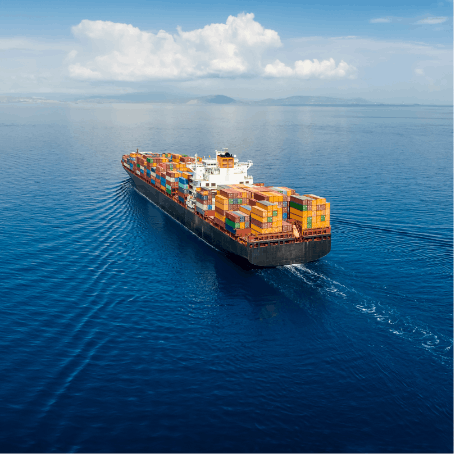
Digitalise the container shipping industry
At DCSA, we envisage a digitally interconnected container shipping industry in which customers have a choice of seamless, easy-to-use services that provide the flexibility to meet their business and sustainability goals.
